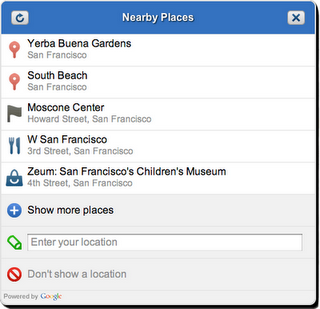After living in an apartment complex for three months we recently moved to a house of our own. What the Bureau of Land management does for the entire United States, I do for my 9000 square feet of garden. Working in the field of GIS I thought about applying some of the techniques available to help me managing my domain.
We thought that we paid a lot of attention to our gardens in the Netherlands. After all, we are the tulip country of the world. How surprised we were to see the amount of attention that is put to gardening here in Redlands. Our newly acquired garden has a built-in irrigation system and this is not a rare luxury, but can be found all over town. Of course, when considering that we live in a cultivated piece of the dessert, it is only a bare necessity to treat the garden properly.
But what is properly? It is not uncommon to see small streams of water flowing down the road, indicating that some garden is being soaked instead of watered. The questions of life for the new homeowner are when to water the grass and how much does it need, or does it need feeding? And what about the roof? I realized that these questions are the urban echo of farmers across the globe wondering how to improve the yield of their land while controlling the cost.
One of the big differences is of course scale. To distinguish different parts of a garden as opposed to multi-acre fields, the resolution of the information needs to be better than one meter I would say. The high-resolution satellites that are becoming more and more available are rapidly solving this.
Another point is that in our garden we try to keep the grass short instead of having it grow like a field of corn. I am not aiming at optimizing yield. My concern is to apply enough water to avoid my grass to dry out without drowning it. I would like a thermostat-like system that tells me when and how much to water the lawn.
Farmers who expect a high increase in yield when applying precision farming are prepared to invest. For us homeowners the benefits mainly consist of saving money on water. This means that if the precision gardening business is to be viable, it should be a low-cost service. Luckily we have one very strong point in favor over farmers. Homeowners come in large numbers. The same principles should apply as with cable television or utilities. Having the cable company digging a cable to a single house would make it very expensive. Sharing cost with other users is the key to success.
The system I envision accounts for the amount of rain that has fallen over the past period, the seasons, the type of soil in the area and such. It should be possible to enter the type of grass is used in my garden. Satellite images are combined with weather forecasts and soil types in the area. These data come from different sources, but with technologies such as applied in the Geography Network, this should not present a problem. A future generation of the system may even support searching for more accurate data that feeds in the model (local weather reports for example) or for competing models that promise minimal water usage while giving a nice green lawn.
Think of the size of the market, if one could sell this type of geographic services to every garden-owning family in the world. Being able to log in to www.precisiongardening.com and to see my garden on screen with hints where to apply water and how much would not only be really cool, but could also help save some on the water bill. And saving water is only a natural thing to do in the dessert.
Appeared in GeoInformatics Magazine (www.geoinformatics.com) in April/May 2002



